1. The Shawshank Redemption (1994)
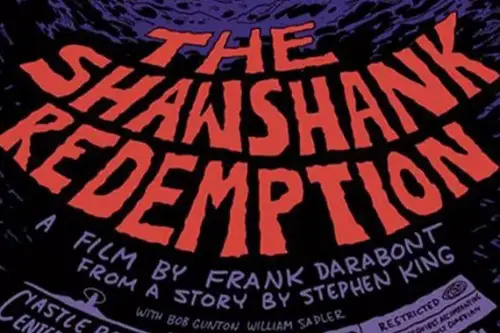
It’s hard to believe that The Shawshank Redemption, now topping “best movies of all time” lists, barely made a ripple at the box office. Despite critical praise, it struggled to recoup its $25 million budget, earning less than $17 million domestically. The problem? It had a vague title, a grim marketing campaign, and was released during a crowded movie season. Only after heavy rotation on cable TV and home video did it find the massive audience it deserved.
Today, it’s practically cinematic comfort food — a timeless story of hope, friendship, and freedom. Morgan Freeman’s narration, Tim Robbins’ quiet determination, and that breathtaking ending have cemented it as a modern classic. It’s taught generations that patience and persistence pay off — both in prison escapes and in box office redemption. Ironically, the movie’s long, slow rise to fame mirrors Andy Dufresne’s crawl to freedom.
2. It’s a Wonderful Life (1946)
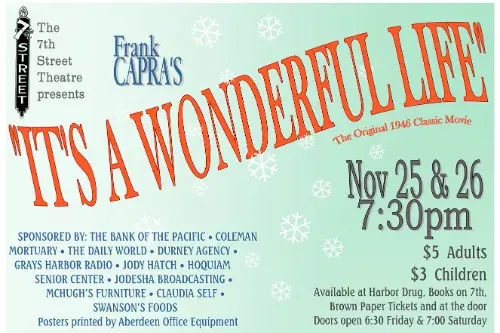
When Frank Capra’s It’s a Wonderful Life premiered, it didn’t exactly live up to its title. The film underperformed during its initial release, earning less than $4 million against its production costs and disappointing both RKO and Capra’s production company. Post-war audiences found it too dark and sentimental for the time, especially compared to lighter fare. It wasn’t until decades later, when it entered the public domain and aired every Christmas, that America fell in love with it.
Now, it’s the quintessential holiday classic — the movie that defines “heartwarming.” James Stewart’s George Bailey has become a cultural symbol of gratitude and perseverance. The story’s message, that one life touches so many others, resonates across generations. It’s hard to imagine Christmas without it now, but back then, it was almost forgotten.
3. The Big Lebowski (1998)
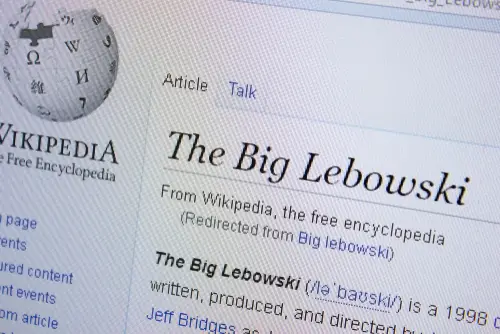
When the Coen brothers released The Big Lebowski, critics were baffled and audiences were lukewarm. It made a modest $18 million domestically, barely covering its production costs. Viewers didn’t know what to make of its stoner humor, bowling scenes, and bizarre dream sequences. The film’s absurd tone was ahead of its time, landing with cult audiences years later.
Today, “The Dude” is an icon of American pop culture, inspiring festivals, memes, and even a real-life religion (“Dudeism”). Lines like “That rug really tied the room together” are endlessly quoted. What was once dismissed as incoherent now feels brilliantly unique. The Dude abides — and so does the movie’s staying power.
4. Blade Runner (1982)
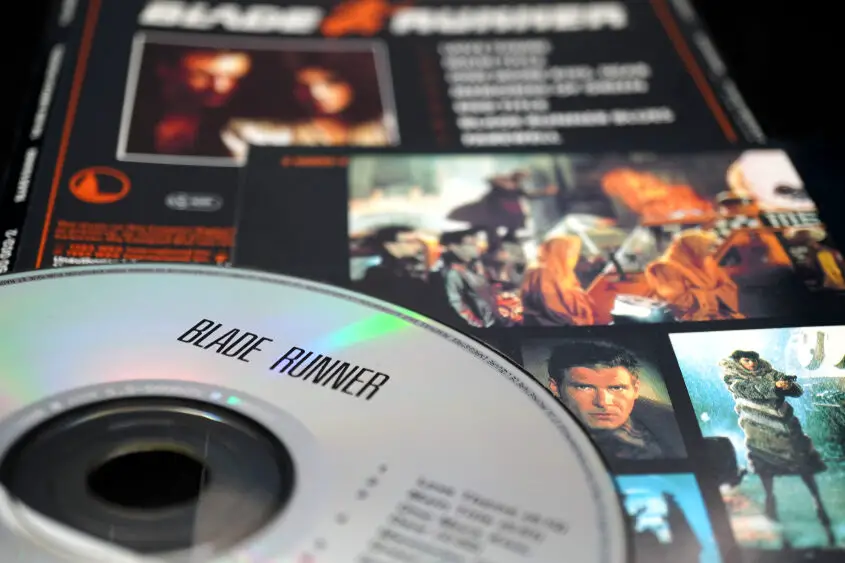
Ridley Scott’s Blade Runner struggled to find an audience upon release, earning under $33 million on a $30 million budget. Audiences expecting Star Wars-style adventure were met instead with a slow, moody noir about identity and mortality. Mixed reviews and multiple competing cuts didn’t help. But as time went on, its visionary worldbuilding and philosophical depth redefined science fiction.
Now considered one of the most influential sci-fi films ever made, Blade Runner inspired everything from The Matrix to Ghost in the Shell. Its neon-drenched dystopia feels more relevant with every passing decade. Harrison Ford’s weary performance and Vangelis’s haunting score helped turn it into a masterpiece. It went from box office misfire to a cornerstone of cinematic futurism.
5. Fight Club (1999)

When Fight Club hit theaters, audiences and critics didn’t know what to make of it. It opened to middling reviews and earned just over $37 million domestically — far short of expectations for a star-studded release. Its violent imagery and anti-consumerist message alienated some viewers. But when the DVD came out, it became a phenomenon among college students and counterculture fans.
Today, Fight Club is one of the most quoted, dissected, and debated films of the late ’90s. David Fincher’s slick direction and Brad Pitt’s chaotic charisma turned it into a generational touchstone. It anticipated millennial disillusionment before anyone had a word for it. Ironically, a movie that railed against capitalism ended up selling millions of copies.
6. The Wizard of Oz (1939)
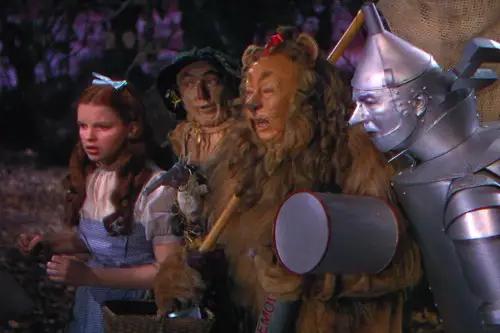
It’s almost unthinkable, but The Wizard of Oz wasn’t an immediate hit. MGM spent about $2.8 million — a fortune at the time — but the movie barely made that back after its 1939 release. Critics liked it, but audiences were distracted by Gone With the Wind and World War II headlines. Only with its 1950s TV airings did it become a national obsession.
Now, it’s one of the most beloved films ever made, endlessly quoted and referenced. Judy Garland’s “Over the Rainbow” remains one of cinema’s most iconic moments. The film’s imagination, color, and heart have made it timeless. What started as a costly disappointment became the stuff of American legend.
7. Citizen Kane (1941)
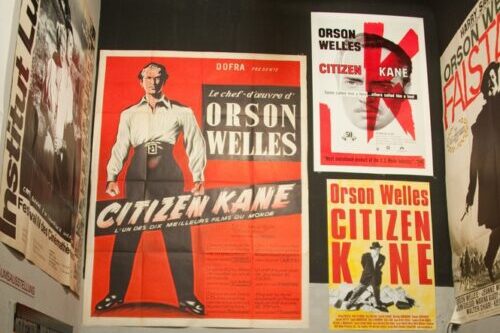
Orson Welles’s Citizen Kane might top critics’ lists today, but it wasn’t a hit in its own time. It earned modestly and was even boycotted by newspaper magnate William Randolph Hearst, who saw it as a personal attack. The controversy limited its distribution, and audiences didn’t know what to make of its unconventional storytelling. It faded quietly after release, only to be rediscovered by film scholars years later.
Now, it’s hailed as the film that changed filmmaking forever. Its innovative use of camera angles, lighting, and structure influenced generations of directors. Every film student studies it — even if they secretly find it slow. What was once misunderstood is now the gold standard for cinematic genius.
8. Willy Wonka & the Chocolate Factory (1971)
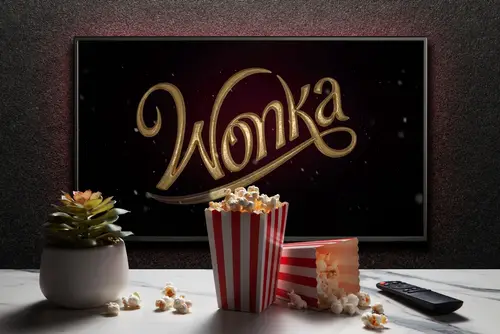
When Willy Wonka & the Chocolate Factory premiered, it didn’t exactly sweeten the box office. It made about $4 million against its $3 million budget — barely breaking even. Critics found it odd and unsettling, unsure if it was for kids or adults. The strange tone and lack of clear marketing didn’t help its chances.
But years later, thanks to television and home video, Gene Wilder’s mischievous Wonka became an icon. The movie’s mix of whimsy and darkness hit just right with new audiences. Its songs and quotes have become part of pop culture history. Like a golden ticket, it took time to be fully appreciated.
9. The Thing (1982)
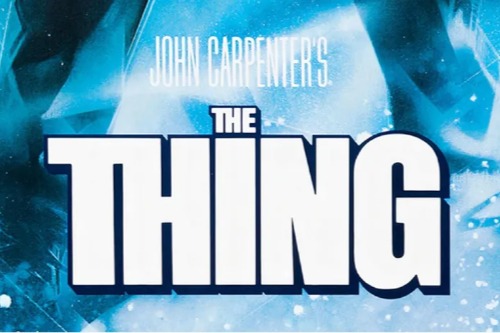
John Carpenter’s The Thing was dismissed as too gory and nihilistic when it came out. Critics called it “disgusting,” and audiences ignored it in favor of the friendlier E.T. the Extra-Terrestrial. It grossed only about $19 million against a $15 million budget. Carpenter’s career even took a hit because of its failure.
Decades later, though, The Thing is celebrated as one of the best horror and sci-fi films ever made. Its groundbreaking practical effects still terrify audiences. The film’s themes of paranoia and mistrust resonate more strongly than ever. It’s proof that sometimes, the coldest movies need time to thaw into classics.
10. Office Space (1999)
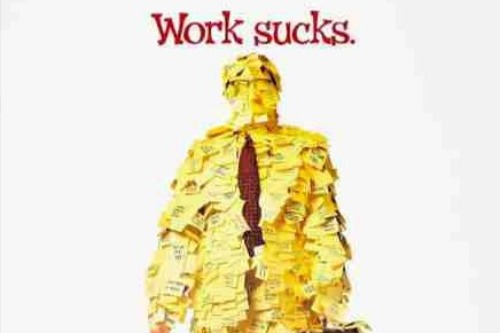
Mike Judge’s Office Space barely made a dent when it was released. With poor marketing and little studio support, it earned under $13 million at the box office. Audiences just didn’t see the humor in corporate misery yet. But once it hit DVD, it became a cult hit among cubicle dwellers everywhere.
Now, it’s basically required viewing for anyone who’s ever worked a boring desk job. The film’s dry humor, TPS reports, and red stapler have entered workplace mythology. Its satirical take on soul-crushing office culture feels even more relevant today. It may have bombed in theaters, but it thrived in break rooms.
11. Donnie Darko (2001)
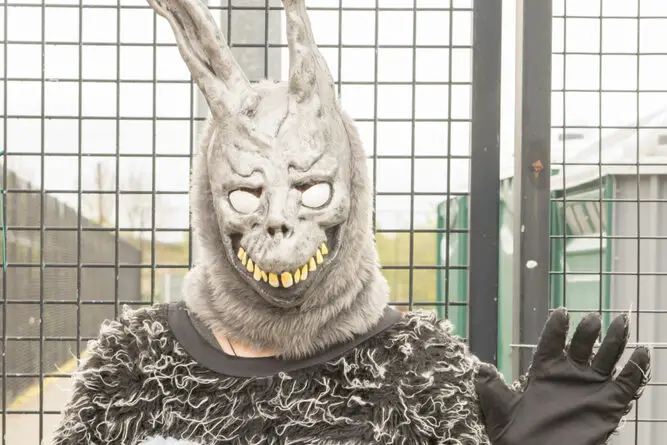
Donnie Darko debuted just weeks after 9/11, which crushed any marketing momentum it might’ve had. The dark, surreal tone didn’t connect with audiences, and it earned less than $600,000 in its U.S. release. But word of mouth and DVD rentals turned it into a cult obsession. Its strange mix of teen angst, time travel, and existential dread found a passionate fanbase.
Today, it’s seen as one of the defining cult films of the 2000s. Jake Gyllenhaal’s breakout performance and the film’s haunting atmosphere keep it relevant. The movie’s ambiguity invites endless interpretation — a big part of its charm. What once baffled audiences now fascinates them.
12. Hocus Pocus (1993)
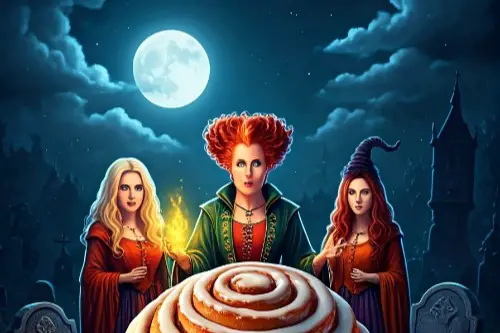
When Hocus Pocus premiered in the summer of ’93, critics panned it and audiences mostly ignored it. It earned just $39 million on a $28 million budget and disappeared quickly from theaters. Disney didn’t quite know how to market a spooky family film outside of Halloween season. But cable reruns and annual TV airings slowly built its reputation.
Now, it’s a Halloween staple, loved by kids and nostalgic adults alike. Bette Midler’s campy performance and the film’s playful witchy vibe turned it into a seasonal favorite. Every October, it dominates streaming charts and themed parties. It might have flopped once, but it’s casting a spell every year since.
This post 12 Movies Americans Consider “Classics” That Bombed on Release was first published on American Charm.


